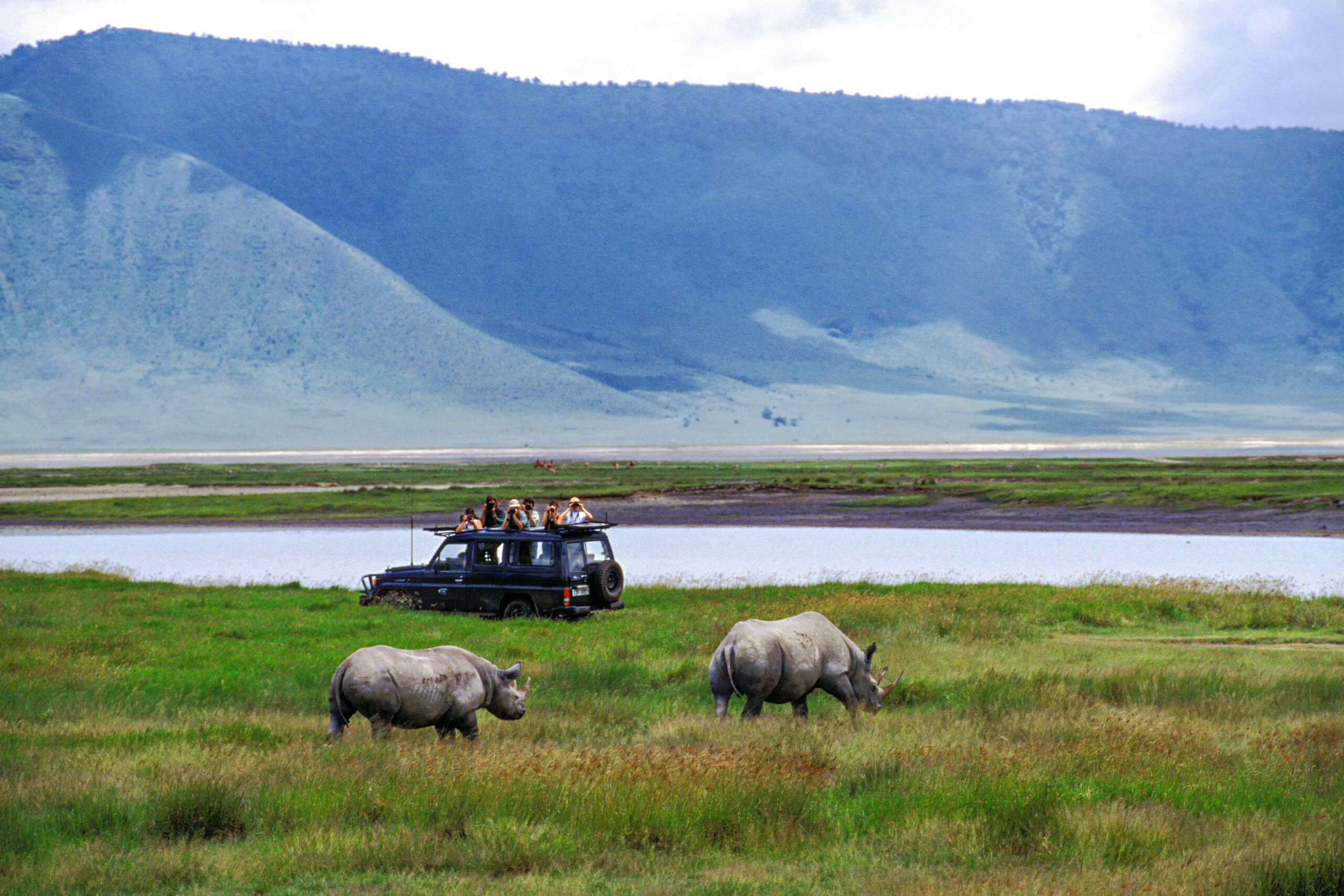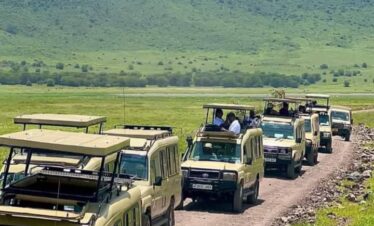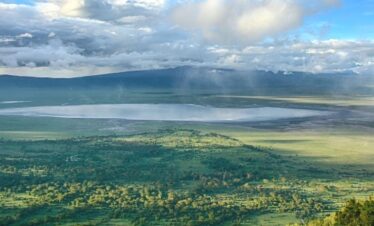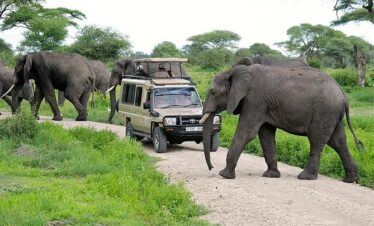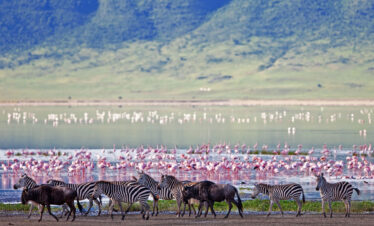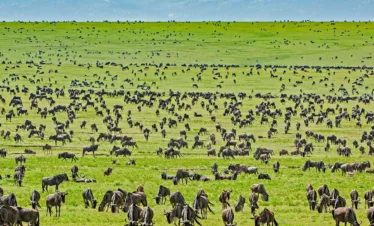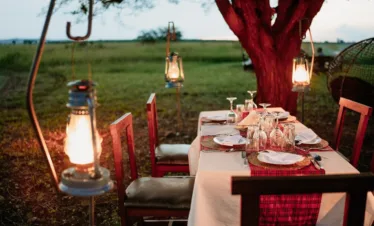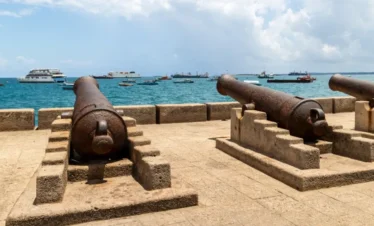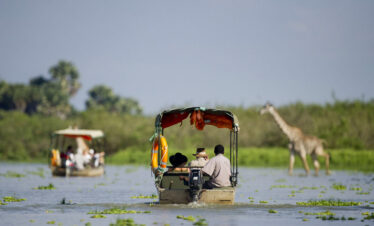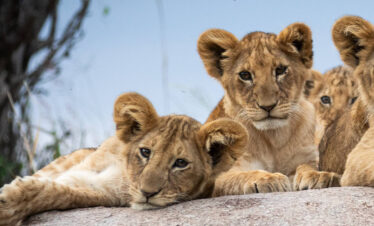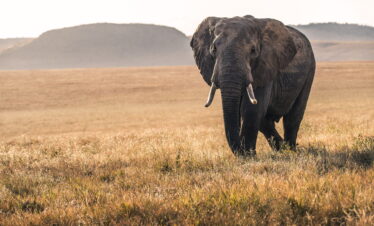Ngorongoro Crater – A Journey Through Nature and Culture
The Ngorongoro Crater in northern Tanzania is one of the world’s most remarkable travel destinations. This ancient volcanic caldera is teeming with wildlife, dramatic landscapes, and unique cultural encounters. Home to a dense concentration of animals, including the Big Five—lion, elephant, buffalo, leopard, and rhinoceros—it offers an unparalleled safari experience within a relatively compact area. The crater’s lush grasslands, acacia forests, and soda lakes create a breathtaking backdrop for game drives and photography. Beyond the wildlife, the region is rich in human history and tradition, with opportunities to engage with the Maasai people who live in and around the conservation area. Whether you’re on a luxury safari or a budget-friendly adventure, proper planning can make your trip smoother and more rewarding—ensuring you get the most out of this extraordinary natural wonder.
When to Go: Best Time to Visit Ngorongoro Crater
Ngorongoro is a year-round safari destination, but the experience can vary depending on the season.
Dry Season (June – October)
Wet Season (November – May)
Crater Rim Weather
What to Pack for Ngorongoro Crater Safari
Clothing
- Light layers: Mornings can be cold, afternoons warm.
- Windbreaker or fleece jacket: Essential for chilly crater rim drives.
- Long-sleeve shirts and pants: Protect from the sun and insects.
- Comfortable walking shoes: Great for short walks or crater rim hikes.
- Hat and sunglasses: For sun protection
Safari Gear
- Binoculars: For wildlife spotting from a distance.
- Camera with zoom lens: You’ll want to capture every moment.
- Power bank: Charging can be limited in remote lodges.
- Reusable water bottle: Stay hydrated while reducing plastic waste.
- Small backpack or day bag: To carry essentials on game drives.
Health & Safety Items
- Sunscreen and lip balm (SPF 30+)
- Insect repellent (preferably with DEET)
- Prescription medication (if any)
- Travel insurance documents
